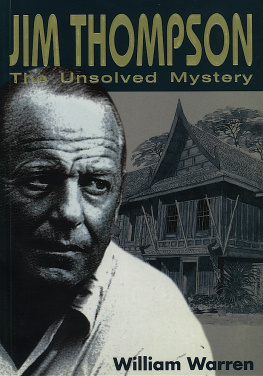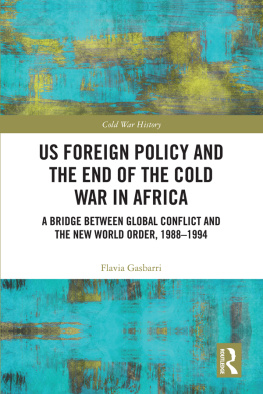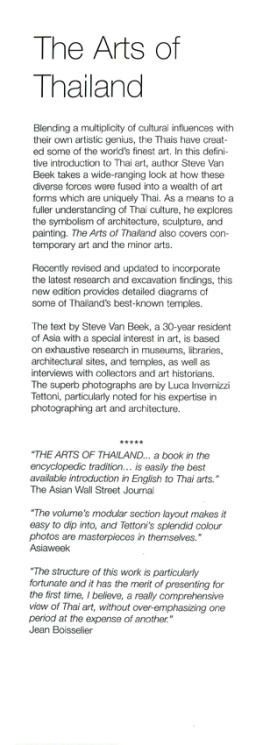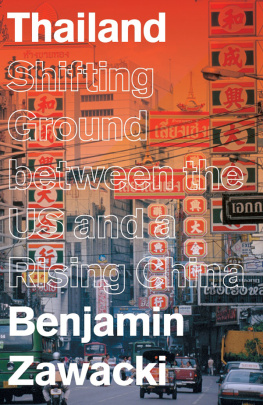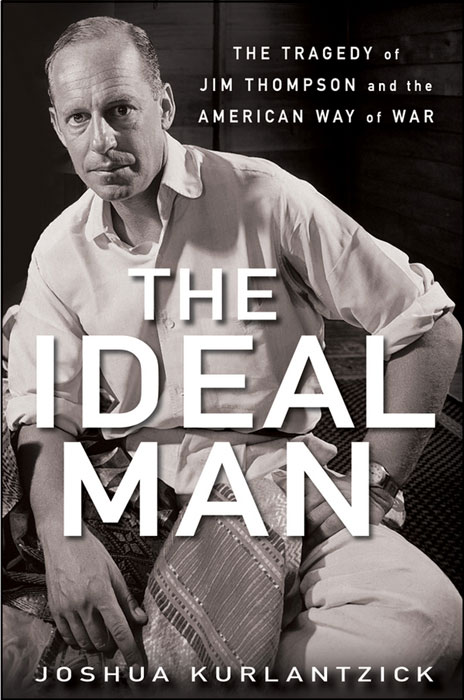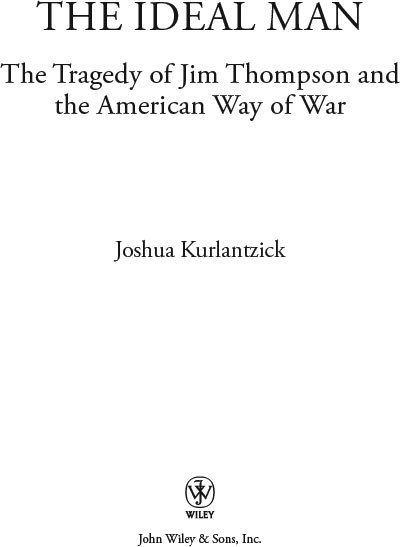For Caleb
Copyright 2011 by Joshua Kurlantzick. All rights reserved
Published by John Wiley & Sons, Inc., Hoboken, New Jersey
Published simultaneously in Canada
No part of this publication may be reproduced, stored in a retrieval system, or transmitted in any form or by any means, electronic, mechanical, photocopying, recording, scanning, or otherwise, except as permitted under Section 107 or 108 of the 1976 United States Copyright Act, without either the prior written permission of the Publisher, or authorization through payment of the appropriate per-copy fee to the Copyright Clearance Center, 222 Rosewood Drive, Danvers, MA 01923, (978) 750-8400, fax (978) 646-8600, or on the web at www.copyright.com . Requests to the Publisher for permission should be addressed to the Permissions Department, John Wiley & Sons, Inc., 111 River Street, Hoboken, NJ 07030, (201) 748-6011, fax (201) 748-6008, or online at http://www.wiley.com/go/permissions .
Limit of Liability/Disclaimer of Warranty: While the publisher and the author have used their best efforts in preparing this book, they make no representations or warranties with respect to the accuracy or completeness of the contents of this book and specifically disclaim any implied warranties of merchantability or fitness for a particular purpose. No warranty may be created or extended by sales representatives or written sales materials. The advice and strategies contained herein may not be suitable for your situation. You should consult with a professional where appropriate. Neither the publisher nor the author shall be liable for any loss of profit or any other commercial damages, including but not limited to special, incidental, consequential, or other damages.
For general information about our other products and services, please contact our Customer Care Department within the United States at (800) 762-2974, outside the United States at (317) 572-3993 or fax (317) 572-4002.
Wiley also publishes its books in a variety of electronic formats and by print-on-demand. Some content that appears in standard print versions of this book may not be available in other formats. For more information about Wiley products, visit us at www.wiley.com .
Library of Congress Cataloging-in-Publication Data:
Kurlantzick, Joshua, date.
The ideal man : the tragedy of Jim Thompson and the American way of war / Joshua Kurlantzick.
p. cm.
Includes bibliographical references and index.
ISBN 978-0-470-08621-6 (hardback); ISBN 978-1-118-09809-7 (ebk.);
ISBN 978-1-118-09810-3 (ebk.); ISBN 978-1-118-09811-0 (ebk.)
1. Thompson, Jim, b. 1906. 2. Silk industryThailand. 3. BusinessmenThailandBiography. 4. BusinessmenUnited StatesBiography. 5. Disappeared personsMalaysiaBiography. 6. Cold War. 7. United StatesForeign relations19451989. I. Title.
HD9926.T52K87 2011
338.767739092dc23
[B]
2011034994
Preface
When I first moved to Bangkok, in the late 1990s, I quickly became disillusioned by how familiar Thailand seemed. The downtown business district could have been Boston, New York, or Singapore, all glass-and-steel towers, shopping malls, chain restaurants, and yuppies sipping five-dollar lattes at Starbucks. At night, Id relax by watching the latest episodes of Sex in the City on cable television, and in the morning Id catch up on the latest headlines, online, in the New York Times and the Washington Post.
When I met longtime expatriates in Bangkok, they told tales from a bygone era, before the city had become so homogenized and before the world paid close attention to Southeast Asia. As the launching pad for U.S. military actions during the Vietnam War, Thailand had been transformed from an isolated, exotic nation into the center of American Cold War strategy, a bulwark against the tide of communism that seemed to be moving, inexorably, east and south after the stunning communist takeover in mainland China in 1949. At that time, even tiny Laos, a country of only a few million people surrounded by Thailand, Cambodia, and Vietnam, became a theater for superpower conflict, so much so that early in the Kennedy administration the young president was convinced that Laos had become Americas biggest foreign policy challenge.
Its a common phenomenon in many countries for the older generations of foreign residents to tell the younger generations that they missed out on the authentic experiencethe classic tale of you should have been here when. In the case of Thailand, and indeed much of Southeast Asia, which has gone through such rapid modernization, the old hands actually had a point. By the time I got there, Thailand had pretty much dropped out of global consciousness, except as a pleasant tourist destination, a source of fiery cuisine, and a code word for sordid male pleasures. Living in Bangkok, I enjoyed eating homemade curries and learning the impossibly tough tonal language, but I didnt think that monumental history was being made around me.
However, back in the 1950s and 1960s, when the United States made Southeast Asia its top priority in the world, the story was much different. Harry Truman had struck the first blow, declaring that Thailand was the only independent nation in Southeast Asia, and it would be where the United States would make a stand against communism. John F. Kennedy, in one of his early foreign policy speeches, upped the ante, declaring Laos, which faced a communist insurgency, one of the biggest security challenges in the world. Kennedy soon began pouring American advisers into Indochina. Lyndon Johnson and Richard Nixon went much further, committing American ground forces to Indochina and making Thailand into a staging area for the massive U.S. involvement in the war.
The Indochina war thrust Thailand into the center of world events, but for many Americans who focused on Thailand, it also became a canvas for ideological conflict. For some American advisers who had worked with anticolonial nationalist movements in Southeast Asia during World War II, the United States could best serve the regionand its own interestsby maintaining alliances with the men and women fighting to free themselves from French, British, and Dutch colonial rule. Franklin Roosevelt, after all, had promised an end to colonialism and a new day of self-determination for all men, and upholding those promises would gain the United States the friendship of Southeast Asias peoples indefinitely.
For others, the Southeast Asian nationalists, including Vietnams Ho Chi Minh, were a dangerous cocktail, flirting with socialism and communism and threatening to destabilize the region by wiping out entire political orders. The United States should support stability and development, the thinking went, even if that meant picking conservative dictators rather than gambling on left-leaning men who might be Democrats. As the Cold War grew hotter, this debate would consume American foreign policy, determine the course of the Indochina war, and boost and destroy the careers of many American advisers, spies, and politicians.
Asia was beginning to modernize, its young tiger economies (economies that undergo rapid growth) just starting to become the export powerhouses they would turn into, eventually dominating world manufacturing. With the United States dominating the world economy after World War II, newly wealthy Americans had started to travel much farther from home, their jets and cruise ships descending upon Asian ports like Bangkok. A fascination with the Orient rippled through American middlebrow and highbrow culture, from The King and I , the story of Thailands King Rama IV that turned into a Broadway smash, to Time magazine, founded by the son of missionaries in China and dedicated to shifting Middle Americas worldview from Europe to the Far East.


